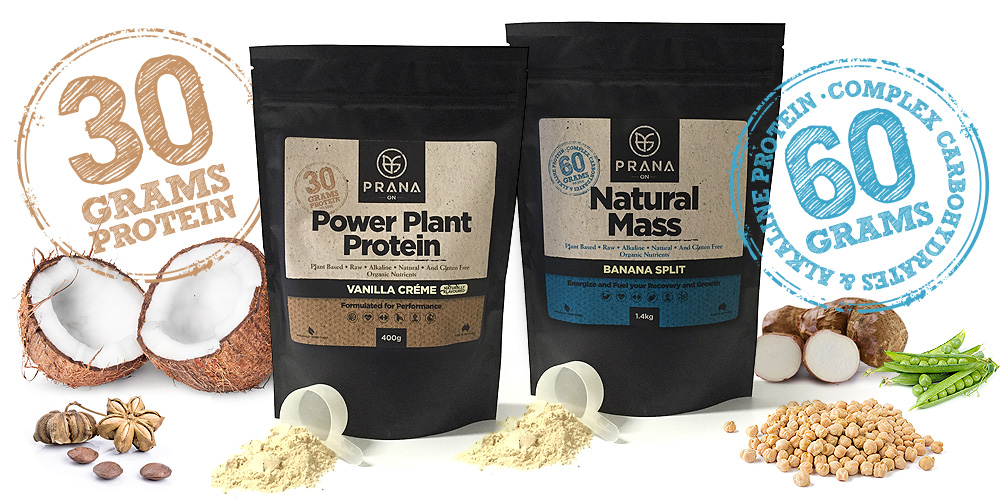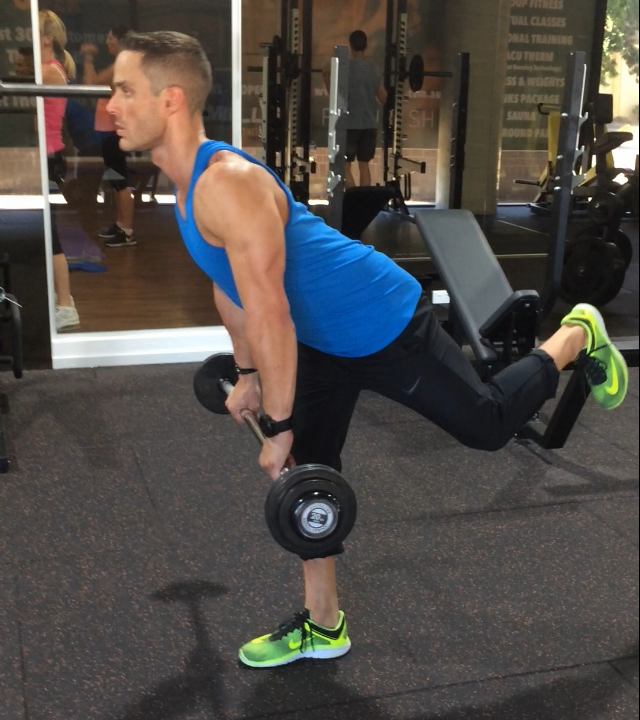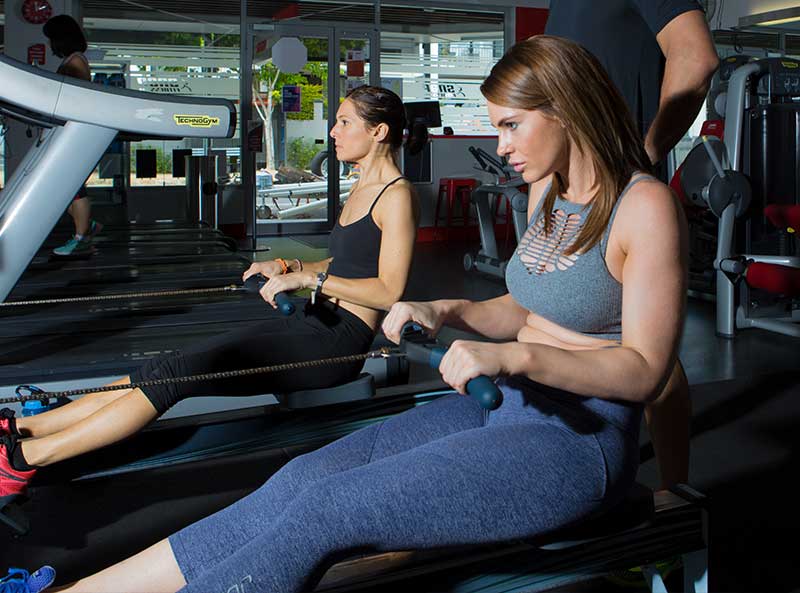Looking to ditch unwanted body fat? Shred smart with these helpful tips.
Leaning out isn’t an easy process. It means eating smart, training efficiently, and remembering that every calorie burned counts. Gone are impromptu cheat days of shoveling greasy food into your mouth under the guise of a “dirty bulk.”
Leaning out is all about learning how to dial in your macros the right way, but that doesn’t mean you have to feel deprived. Leaning out doesn’t mean cutting entire food groups, ditching all compound movements, or skipping the weights to spend long hours on the treadmill. It’s all about pushing your body to its full potential the right way.
Summer might be coming to an end, but that doesn’t mean the season of lean is anywhere close to over. Check out these 40 top tips that will help guide you through a successful cut.
1. Eat More Protein
Protein is the most satiating macronutrient. In addition to leaving you feeling fuller longer, increased protein intake will also help you keep muscle mass when you’re lowering your caloric intake. Basically, it’ll allow you to pack on the gains even when slimming down. Protein also stimulates glucagon secretion, which helps liberate the stored energy you need to train hard.
2. Eat Protein Every Four Hours
Frequent, relatively equal-portioned protein feedings are key to optimizing protein synthesis. “Frequent” doesn’t meant “nonstop.” Spread your protein intake out so you are getting at least 30 g every four hours in order to maximize protein synthesis. More than 30 g is fine, too!
3. Make Green Leafy Vegetables Your Friend
Green leafy vegetables are loaded with nutrients, but not calories. As an added bonus, they keep your body functioning at an optimal level by helping you maintain your system’s acid/base balance. When you’re in your cutting phase, make it a point to have green vegetables at every main meal. Not sure where to start? Collard greens can help lower your cholesterol levels, kale is rich in antioxidants and has cancer-preventing power, and bok choy is packed with immune-system-supporting vitamin A.
4. Save Starches For After Workouts
Low glycemic carbohydrates such as green vegetables, fruits, and beans should make up the bulk of your carbohydrate intake, but that doesn’t mean you should avoid starches completely. Just save them for post-workout consumption. Simple carbs are critical for the recovery and muscle-growth process because, after crushing heavy weight, your body is severely depleted of both glucose (usable energy) and glycogen (stored energy). This is the time to consume tempting high-glycemic carbs (with an index of 70 and above) such as fresh fruits, breads, and cereals.
5. Eat For Volume
Eating foods that are high in volume but not calories (nutrient-dense not calorie-dense) will keep you full but not fat. Cabbage, spinach, lettuce, and broccoli are great foods you can eat in high volume without feeling like you’ve maxed out on your daily calorie quota.
Looking for something in the animal (instead of vegetable) camp? Look no further than the almighty egg. Egg whites expand a lot if you beat them long enough—just don’t make meringue. They’ll make your feel like you are eating a lot more calories than you are.
6. Drink More Water
Dehydration makes you physically and mentally tired. When you’re feeling a little parched—a sign that you might already be experiencing dehydration—ditch room temperature H2O and grab a glass of cold water. Drinking cold water has a slight thermogenic effect, allowing you to burn extra calories while you hydrate.
7. Don’t Drastically Decrease Fats
Eating fat won’t make you fat, so don’t make the mistake of dropping your fat levels too low when leaning out. Extremely low-fat diets are a huge mistake. Not only do fats provide your body with energy, they also help transport vitamins through your bloodstream and absorb them into your body.
Essential fatty acids—such as those found in whole grains, seeds, nuts, and some fish—have a hand in brain development and blood clotting. Balance your fat intake by eating saturated (butter, coconut oil) and unsaturated (olive oil, nuts, flaxseed) fats.
8. Cut Out Unplanned Snacks
Calories from unplanned snacking can add up quickly and can wreak havoc on your fat-loss goals. The message is pretty simple: If you didn’t plan on it, don’t eat it.
9. Make Meal Prep For The Week
Whether you’re cutting or bulking, meal prep is an essential part to any fitness journey. Eat regularly, don’t skip meals, and keep a food journal. A good food log helps monitor progress so you can make accurate adjustments to better meet your fitness goals. Writing things down will also help to keep you accountable and could lead you to snack less.
10. Pump Up The Protein
Consuming adequate protein—roughly 30 percent of your daily calories—is so important that I had to include it twice!
11. Remove Nutritional Vices
Keeping that half-eaten bag of chips in the kitchen cupboard won’t help you resist temptation. Why unnecessarily test your will power? Clear all the chips, sugary drinks, ice cream, and other processed goodies from your kitchen. If it’s not there, you can’t eat it.
12. Read Labels
Getting accustomed to reading the nutritional facts is a good habit to get into. But don’t stop at the protein, carbohydrate, and fat content— read the entire list of ingredients. You’ll be amazed at how many foods are loaded with America’s “favorite nutrient”: high fructose corn syrup. Which is code for “more sugar.”









